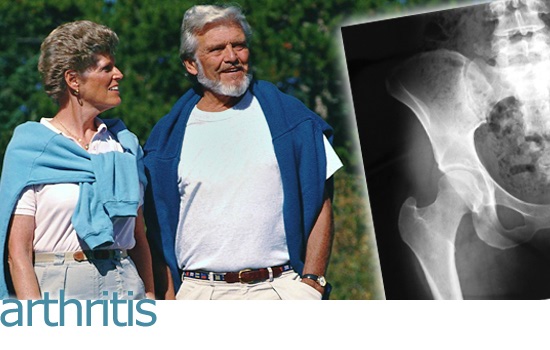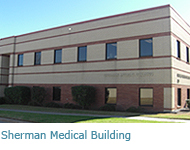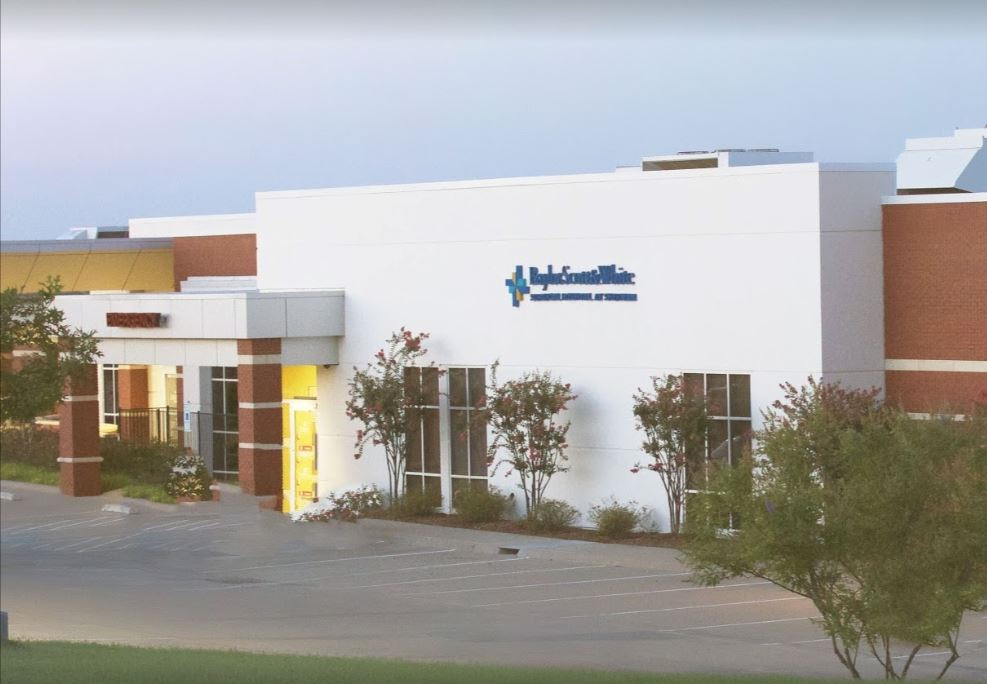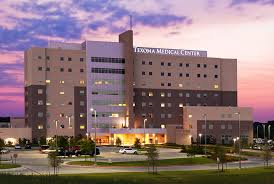


Arthritis is a disease of the joint. It literally means “inflammation” of the joint. Osteoarthritis and rheumatoid arthritis are the two most common types of arthritis. Osteoarthritis is often referred to as the “wear and tear” arthritis that results from normal aging, constant use, malaligment and trauma. Rheumatoid arthritis is caused by an inflammatory process that affects the lining of joint. Other types of arthritis include septic arthritis, crystalline deposition and seronegative spondyloarthropathies. Regardless of the cause, arthritis can be the cause of significant pain, deformity and disability.
Nonoperative treatments
Many medical treatments exist for arthritis. Over-the-counter medications, including nonsteroidal anti-inflammatory drugs (NSAIDS) and acetaminophen, can often provide good pain control. Prescription medications are also available if the over-the-counter medications no longer work. It is important to discuss all of your medications, including over-the-counter medications, with your doctor to ensure that all of them are safe, particularly in combination.
When the oral medications fail to provide relief, a doctor can inject steroid or “cortisone” into the affected joint for relief. This helps reduce pain and inflammation and can often give patients several months of relief. It is important to talk to your doctor about other medications you have received and how many injections you have had because too many shots can cause damage. If the steroid fails to provide relief, the doctor can also inject a product that contains hyaluronic acid, which is known as viscosupplementation. These shots are given as a series and typically provide several months of pain relief.
Canes, crutches and walkers can often assist in reducing the pain of arthritis. Patients can often benefit from using ice packs and healthy exercise. Avoidance of high-impact exercise will typically help to prevent increased pain following exercise. Weight loss will also provide symptomatic relief.
Total knee replacement
If a knee has been severely damaged by arthritis and nonoperative treatments have been exhausted, the patient may considered total knee arthroplasty, also referred to as total knee replacement. Knee replacement has been performed since 1968 and has provided significant relief of pain for many patients.
Knee replacement involves “resurfacing” the knee joint. This actually means removing the bottom of the femur and the top of the tibia and covering the ends with metallic implants. The metallic implants are separated by a plastic insert. Most patients have significant improvement in their pain and function. This surgical procedure does not allow for participation in high-impact sports, and most patients should avoid running or jogging. Patients are typically able to return to activities like walking, golf, swimming, stair climbing, biking and driving.
Patients will need to prepare for surgery, which will often include medical and dental evaluation and laboratory studies. Patients typically stay in the hospital between two and four days and will begin a therapy program while still in the hospital. Patients will be given pain medications as well as a blood thinner and a course of antibiotics. Complications are rare but may include infection, blood clots, heart attack, stroke, wound issues, wear, fracture, pain and stiffness.
Partial knee replacement
When knee arthritis is limited to the medial compartment and conservative measures such as oral anti-inflammatories, protective braces and joint fluid therapy injections have not been effective in pain relief, a patient may be a candidate for unicompartmental knee prosthesis, also called partial knee replacement. This means that the joint under the knee cap and the lateral knee compartments are kept intact to function normally. Most important in a partial knee replacement is that the critical anterior and posterior cruciate ligaments within the knee are kept intact. This prosthesis is available to select patients depending on the type and location of their arthritis. This is typically a minimally invasive procedure that requires less hospitalization and a rapid recovery.
Partial knee replacements have changed greatly in the United States over the last several years. The key to partial knee replacement success is the introduction of a mobile bearing component, which slides and moves much as the normal meniscus cartilage. Several studies show that the majority of patients continue to enjoy a good result after 10-15 years.
Although this procedure is minimally invasive, complications still exist. These include but are not limited to blood clots, pain, stiffness, loosening, fracture, wear, infection, dislocation, and progression of the disease. Patients must also prepare for surgery just like a total knee replacement and undergo physical therapy following the procedure. Patients should speak with their doctor and surgeon to evaluate their ability to undergo this procedure.
OFFICE INFORMATION
321 N. Highland Ave.,
#120
Sherman, TX 75092
903-870-7936 (main)
903-957-0367
(fax)

OFFICE HOURS
Mon.-Thur.: 8 a.m.-5 p.m.
Closed for lunch: 1-2 p.m.
Fri.: 8 a.m.-noon
HOSPITALS
 »Baylor Scott and White Surgical Hospital at Sherman
»Baylor Scott and White Surgical Hospital at Sherman
 »Texoma Medical Center
»Texoma Medical Center